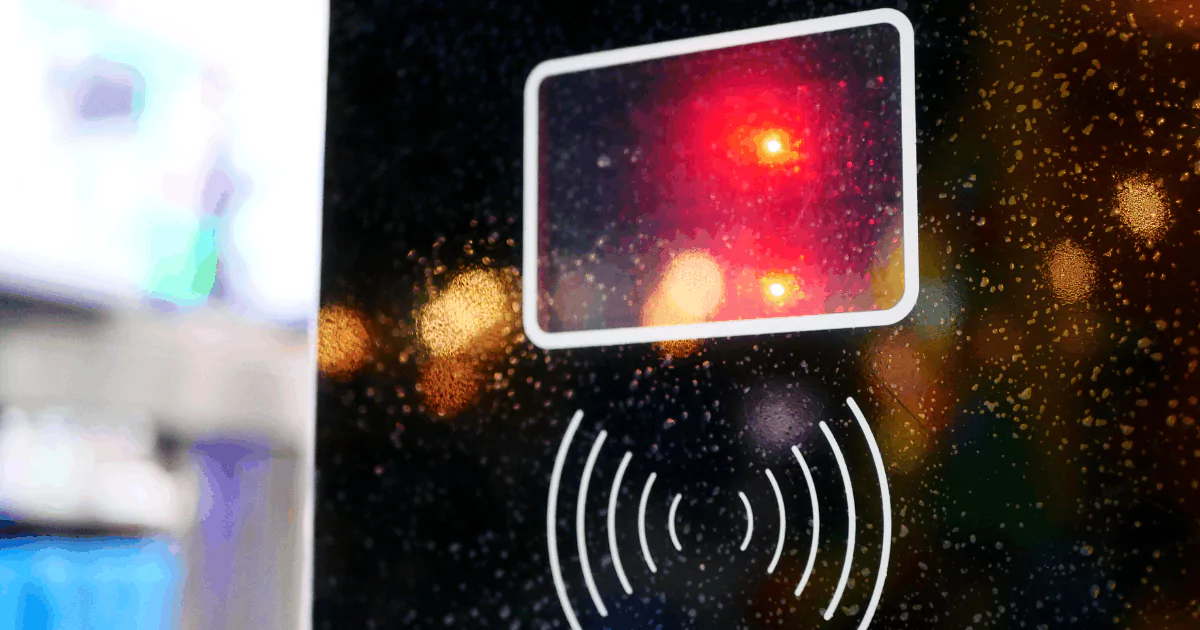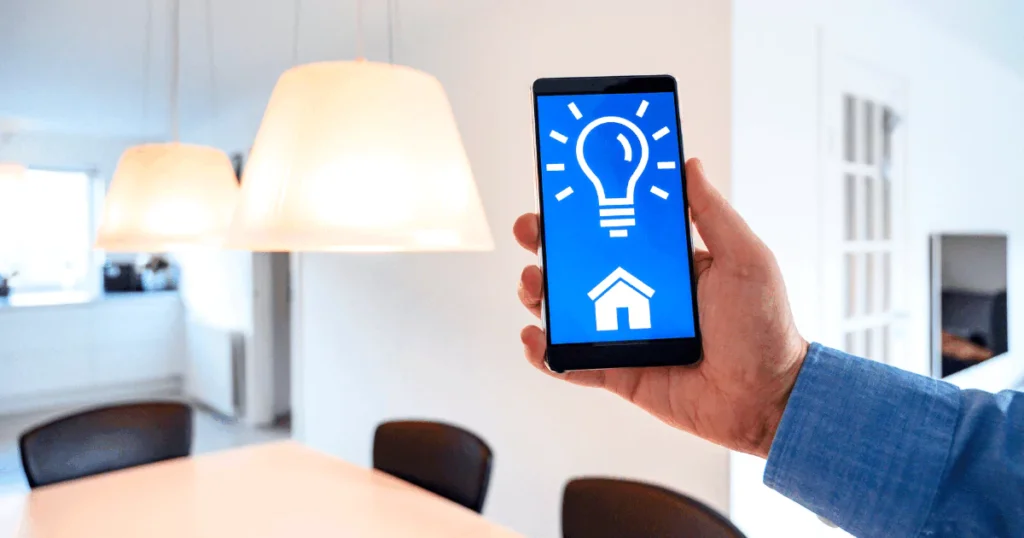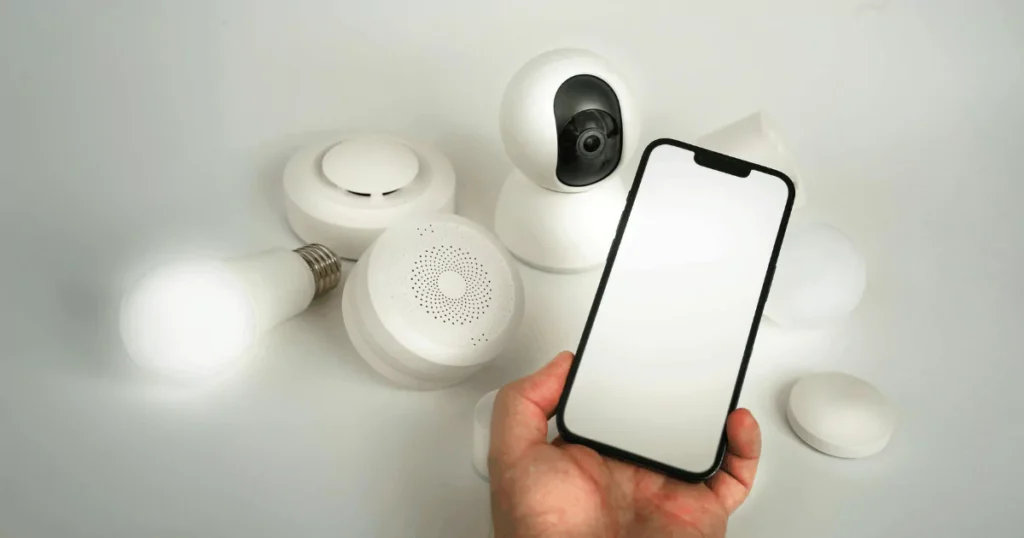The Smart and Sensor-Based Lighting System is an innovative solution to improve energy efficiency and convenience. It uses advanced technology to detect movement and adjust lighting accordingly, ensuring that lights are only on when needed. This Smart and Sensor-Based Lighting System can be installed in homes, offices, and public spaces to reduce electricity consumption.
The system automatically turns off lights when no motion is detected, helping to save energy and lower utility bills. With the ability to control lighting remotely, users can easily manage their environment using a smartphone or other devices. The Smart and Sensor-Based Lighting System enhances safety by illuminating areas when people are nearby. Overall, it offers a smart, eco-friendly way to light up spaces while minimizing energy waste.

Smart and Sensor-Based Lighting System
In today’s world, technology is rapidly changing the way we live. One of the most exciting innovations is the Smart and Sensor-Based Lighting System. This system is designed to make lighting more efficient, convenient, and environmentally friendly. Whether it’s in your home, office, or public spaces, these smart lighting systems offer benefits that traditional lighting simply can’t match.
What is a Smart and Sensor-Based Lighting System?
A Smart and Sensor-Based Lighting System is a lighting system that automatically adjusts to your needs. It uses sensors to detect movement, light levels, or even sound to turn lights on or off. For example, when you enter a room, the system will sense your presence and automatically turn the lights on. Once you leave the room, the lights turn off. This makes the lighting more energy-efficient and user-friendly.
How Does the Smart and Sensor-Based Lighting System Work?
The main components of a Smart and Sensor-Based Lighting System are sensors, light bulbs, and smart controls. Sensors detect environmental factors like motion, brightness, and temperature and send signals to the lighting system to adjust the lights accordingly. For example, a motion sensor might turn the lights on when it detects someone moving in a room. Similarly, a light sensor can adjust the brightness based on how much natural light is in the room.
Many Smart and Sensor-Based Lighting Systems are connected to a central hub or smartphone app. This allows users to control the lighting remotely, set schedules, and customize settings. For instance, you can schedule the lights to turn on at sunset and off at sunrise. Some systems even let you control the lights with your voice, using virtual assistants like Google Assistant or Amazon Alexa.

Benefits of a Smart and Sensor-Based Lighting System
There are several reasons why people are switching to Smart and Sensor-Based Lighting Systems. Here are some of the top benefits:
- Energy Efficiency: Traditional lighting systems waste a lot of energy because they are often left on even when no one is in the room. With a Smart and Sensor-Based Lighting System, lights turn off when no one is around, saving energy and reducing electricity bills.
- Convenience: With sensors and smart controls, you don’t have to worry about turning the lights on and off. The system does it automatically, making your life more convenient.
- Improved Security: Motion sensors in smart lighting systems can help improve security. If someone walks near your house at night, the lights can turn on to make it seem like someone is home, deterring potential intruders.
- Customization: Many Smart and Sensor-Based Lighting Systems let you adjust the lighting to your preferences. You can change the brightness and colour and even set different moods for different times of the day. For example, you can have bright white lights for work and warm yellow lights for relaxing.
- Environmentally Friendly: Smart lighting systems help protect the environment by saving energy and reducing waste. The more people switch to Smart and Sensor-Based Lighting Systems, the less energy we use.
Why is the Smart and Sensor-Based Lighting System Becoming Popular?
The popularity of Smart and Sensor-Based Lighting Systems is growing for several reasons. First, as technology becomes more affordable, people can invest in smart home devices. With the rise of smart homes, smart lighting systems are becoming a natural part of the trend.
Second, people are becoming more conscious of their energy use. Rising electricity costs and environmental concerns encourage people to look for more efficient ways to power their homes. A Smart and Sensor-Based Lighting System offers a solution by reducing wasted energy and making lighting more efficient.
Lastly, the convenience of controlling lights remotely or automatically is a big draw. Many people are looking for ways to make their lives easier, and smart lighting systems offer that.

Examples of Smart and Sensor-Based Lighting Systems
Many different types of Smart and Sensor-Based Lighting Systems are available. Some systems are designed for homes, while others are meant for businesses or public spaces.
- Motion-Activated Lights: These lights turn on when they detect movement. They are commonly used in hallways, bathrooms, and garages. For example, a motion sensor in the hallway will turn on the lights when you walk by.
- Daylight Sensors: These sensors adjust the lighting based on the amount of natural light in the room. For example, the lights may dim automatically in an office when enough natural light comes through the windows.
- Smart Bulbs: These LED bulbs can be controlled through an app or voice assistant. You can change the brightness and colour and even set schedules for when the lights should turn on and off. A Smart and Sensor-Based Lighting System with smart bulbs gives you complete control over your lighting.
- Ambient Lighting Systems: These systems use sensors to create a comfortable atmosphere. For example, the system can adjust the colour temperature of the lights to match the time of day, with cool lighting in the morning and warm lighting in the evening.

How to Install a Smart and Sensor-Based Lighting System
Installing a Smart and Sensor-Based Lighting System is easier than you might think. Most systems come with clear instructions and are designed for easy installation. Here’s a general overview of the process:
- Choose Your System: Decide on the smart lighting system that fits your needs. Whether you want motion sensors, daylight sensors, or smart bulbs, there’s a system for every space.
- Install the Sensors and Bulbs: Install the sensors in the desired locations, such as doorways or hallways. Replace your old light bulbs with smart bulbs that work with your system.
- Connect to the Hub or App: Most systems have a hub or smartphone app that allows you to control your lights. Follow the instructions to connect your system to the hub or app.
- Set Up Automation: Once the system is installed, you can set up automation, such as scheduling lights to turn on at specific times or setting the brightness according to your needs.
Conclusion
The Smart and Sensor-Based Lighting System is a game-changer in how we use lighting. It offers many benefits, including energy savings, convenience, and improved security. As more people realise the advantages, this technology will likely become a standard feature in homes, offices, and public spaces. We can create a smarter, more energy-efficient world by adopting these systems.
Whether you’re looking to save energy, improve security, or make your life easier, a Smart and Sensor-Based Lighting System is the way to go. It’s clear that the future of lighting is smart, efficient, and sensor-based, and it’s only going to get better from here.

